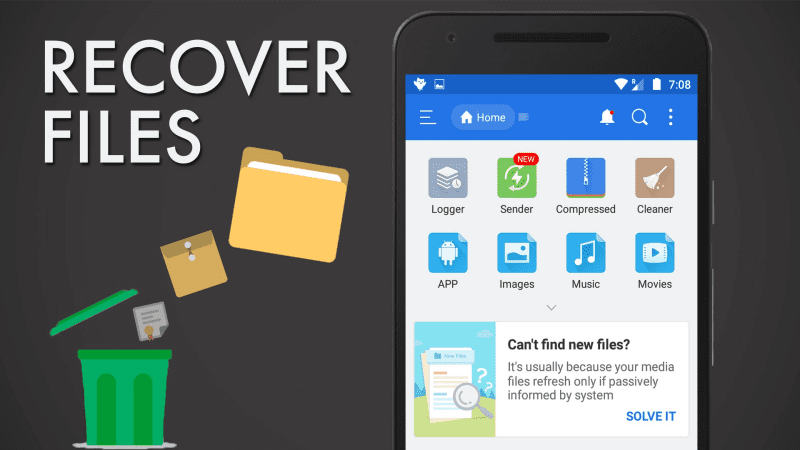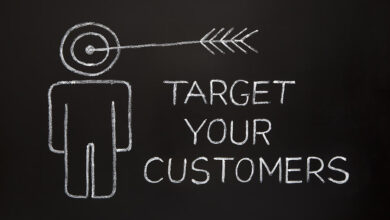How Loading Speeds Impact eCommerce Marketing and Conversions

When it comes to eCommerce, the customer experience is almost as important as the quality of the products you offer. People shop online because it’s easy and accessible from anywhere at any time.
Since convenience is such a major factor in the decision to shop online, page speed is one of the most critical elements of your website’s performance.
There’s a clear correlation between an eCommerce site’s speed and its conversion rate, so improving your loading time should be one of your priorities as a business owner.
Many eCommerce retailers neglect their website’s speed in favor of the other elements of web design. By doing everything in your power to boost your site’s loading time, you can maintain your competitive edge, expand your customer base, and increase your sales. Here is everything you need to know about site speed for eCommerce:
Site Speed and Conversion Rates
The top websites load almost instantly, and this has set the standard for all eCommerce websites. Most consumers have very little patience for long loading speeds in this day and age, and people’s attention spans overall have shortened in recent years.
If your website doesn’t load within a couple seconds, many shoppers will decide that they can search for the product elsewhere, and they’ll leave the page. Sometimes, users leave a website that loads slowly because they think the website is down. In other cases, people switch to another tab while they wait for your site to load, but they become distracted and never return to your site.
It doesn’t take long for the average online shopper to abandon an eCommerce store. A fast loading speed is one of the best ways you can keep people on your website until they’ve made it through the checkout. When they don’t have time to get distracted or find another store to look at, they’re much more likely to see their purchase through to the end.
Because a fast loading speed improves the overall customer experience, it can also help you gain loyal, returning customers. The easier it is for your shoppers to find and buy your products, the greater the chances are that they’ll revisit your site when they need to make another purchase. Repeat customers spend more money on average than first-time customers, and they’re more likely to recommend your brand to friends. By increasing your site’s speed, you can improve your store’s reputation and develop long-term relationships with loyal customers.
Mobile Site Speed
Fast loading times are critical for both mobile and desktop browsing. When people use their phones to shop online, they may wait even less time before opening a new tab or leaving your website. Smartphones offer immediate access to so many apps and services, so your site needs to load quickly to keep the attention of your shoppers.
Many eCommerce site owners have switched to responsive web design in recent years. Responsive design adjusts the layout of your website to accommodate for any screen size, so you don’t have to design your desktop and mobile sites separately. If your businesses uses responsive design, you don’t have to use a separate page speed strategy for your mobile shoppers. However, if you do have a separate mobile site, it’s important that you consider its page speed in addition to your desktop site’s page speed.
Statistics on Page Speed
Data repeatedly backs up the claim that site speed is connected to your conversion rates and overall business performance. The following are some key statistics to keep in mind for your eCommerce website:
- Almost three-quarters of mobile users report visiting a website that did not load.
- Almost half of internet users expect pages to load in 2 seconds or less.
- About 40 percent of internet users abandon a page if it doesn’t load within 3 seconds.
- After 5 seconds of loading time, conversion rates drop by more than 4 percent per additional second.
- Almost 80 percent of web pages load in 5 seconds or less.
- The probability of a site visitor bouncing increases by 32 percent when the page load time increases from 1 to 3 seconds.
Page Speed and SEO
Page speed is a key factor in keeping your visitors on your website. Additionally, it plays a role in helping shoppers find your site in the first place. Google uses page speed as a direct ranking factor, which means its algorithm evaluates your site’s loading times when determining its ranking for relevant search terms. Loading speed should be a core part of your SEO strategy for your eCommerce store.
If your site loads slowly, your chances of appearing in the first page of Google results are slim. Search engines understand how important loading speeds are to the user experience, so they value websites that load quickly. When your rankings drop, fewer consumers will see your eCommerce store in their search results, and your site traffic will decrease. Alternatively, if you boost your search rankings by increasing your page speed, you can gain a massive audience of shoppers who are actively searching for the products you offer.
How to Improve Site Speed
Fortunately, in most cases, improving your loading speed doesn’t require a complete overhaul of your website. You may be able to make a notable difference in your site speed with a few simple changes.
While improving your overall site speed is a worthwhile goal, there are certain pages that are especially important. For many customers, your site’s homepage will be their first impression of your business, so it should load as quickly as possible. You should also focus your efforts on the checkout page. A slow checkout is one of the most frustrating experiences for shoppers, so increasing the speed will reduce the risk of your customers abandoning their carts at the last minute.
For eCommerce sites, one of the best ways to improve loading times is to compress images. Your site probably uses a great deal of images to display your products, so reducing the file sizes can have a dramatic effect on loading speed. It also helps to specify the height and width of the images, which allows the browser to create a placeholder for them while it simultaneously loads the other elements of the page.
Utilizing caching is another effective way for eCommerce business owners to improve their site speed. This process temporarily stores your site’s data in a cache, which makes it much faster and easier to retrieve the information.
Your site’s loading speed has a significant impact on your eCommerce brand’s conversion rates and search rankings. To maximize your company’s performance, page speed should be a core consideration in your web design and SEO strategies. The best way to achieve success is to partner with a trusted SEO agency. Renaissance Commerce specializes in SEO for eCommerce businesses, and their experts have the resources and knowledge to help your business beat the competition.




